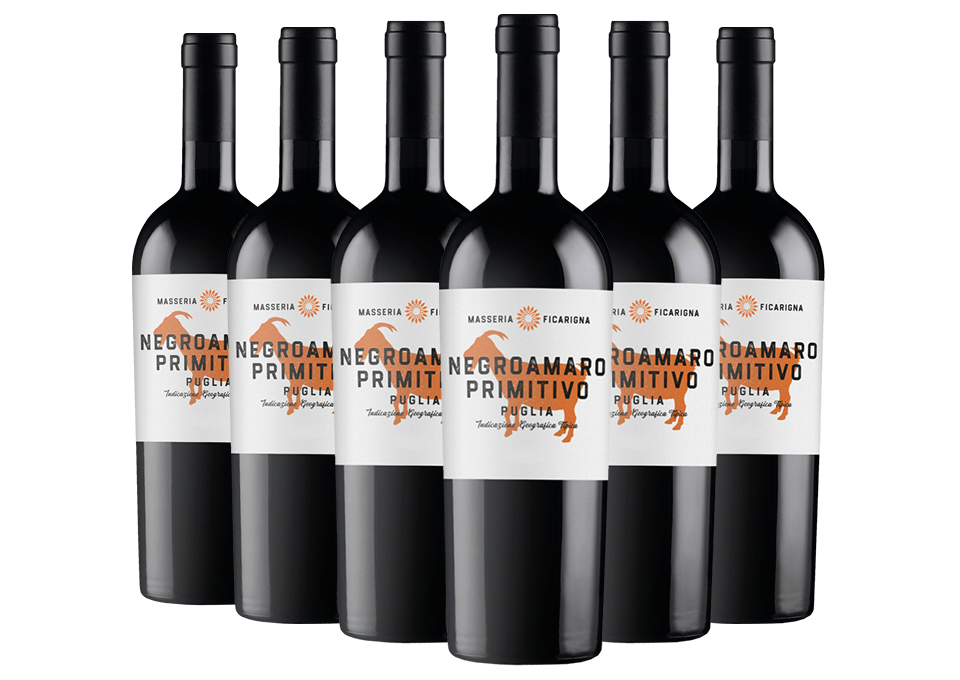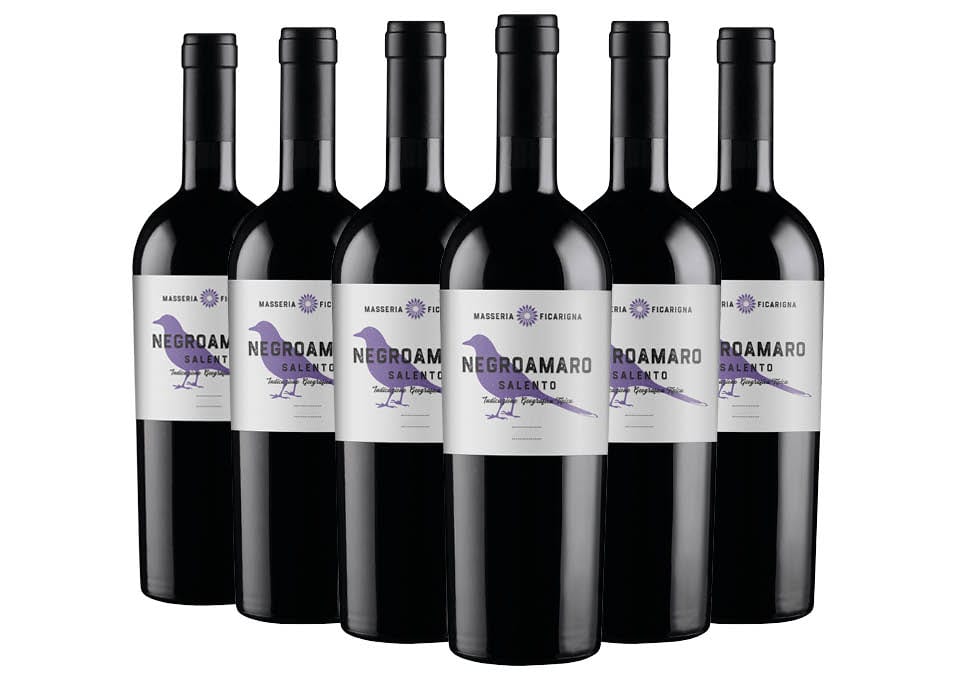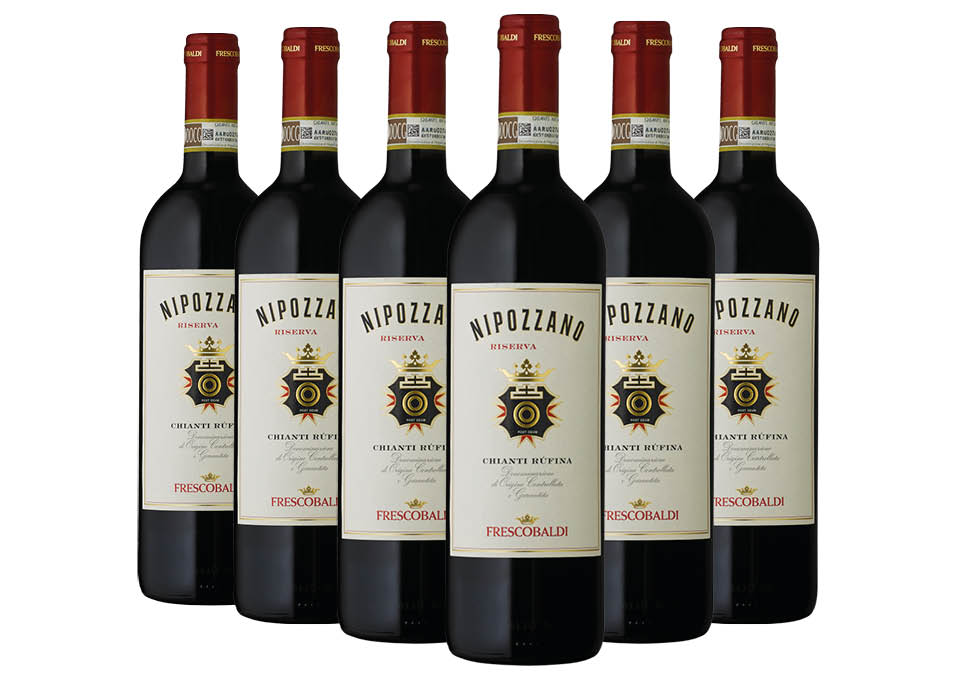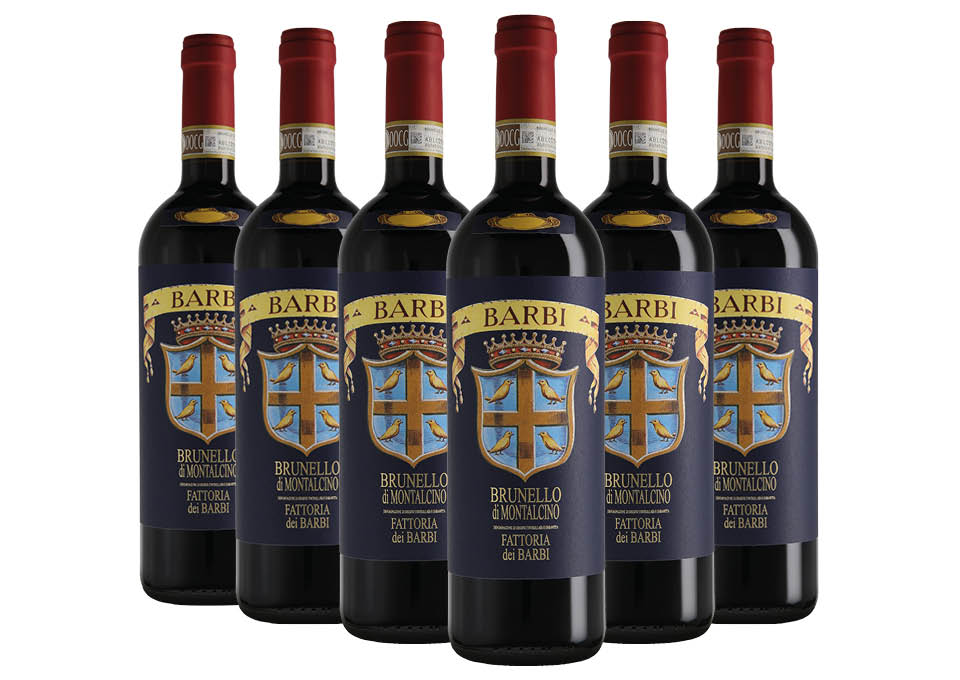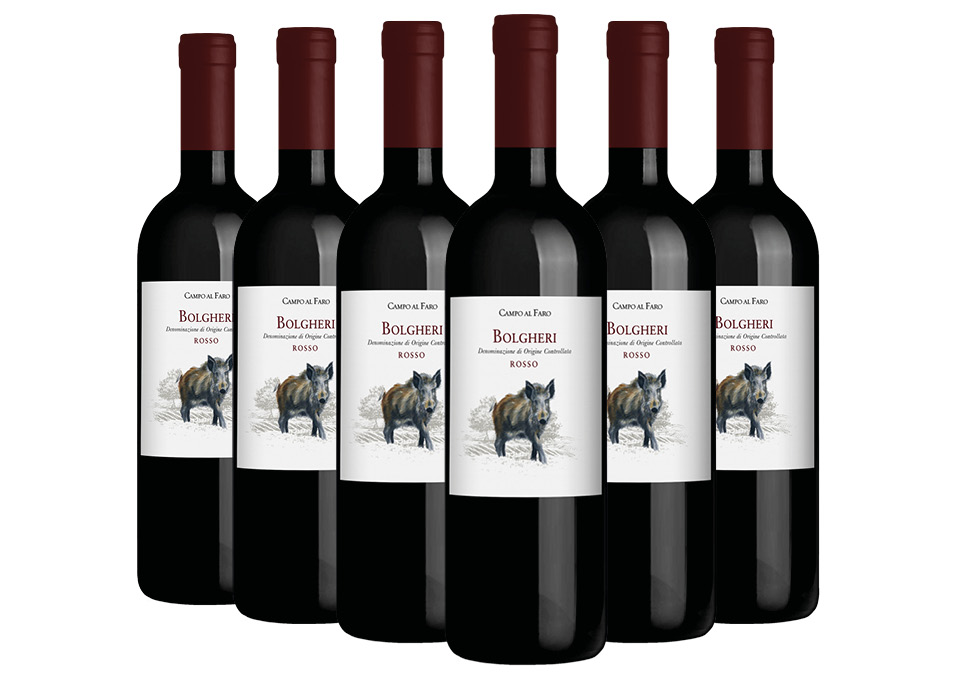red wines
The red wine is considered one of the pleasures of the table, perfect for accompanying moments of togetherness, appreciated for its aromas and the joy it brings to the palate. It is also said to have a protective role against heart disease when consumed in moderation, typically one glass a day. This alcoholic beverage has ancient origins, dating back to Mesopotamian civilization. It has seen significant development in countries historically more inclined to viticulture, such as Italy and France, which still lead in production, but it has also spread to America, Asia, and Africa, leading to a variety of expressions and interpretations that make the world of wine so diverse and fascinating.
Its extreme variability depends on the characteristics of the grape used, the peculiarities of the production process, and the aging method that accompanies it through its evolution. Every region where it is produced has inevitably shaped its character, but its personality has also been defined by human influence. Indeed, every people who has produced wine throughout history has transferred its own creativity, enological knowledge, style, and insights into it.
On Vino.com, you can find a wide selection of red wines from every region of the world. From prestigious wines known internationally to those from small producers with their own unique identity and deserving of a taste; from robust, intense wines to gentler, more dynamic reds perfect for daily enjoyment. In our selection, we pay special attention to price, always keeping in mind that high quality deserves to be recognized and justifies a higher economic value.
The production of red wine
This type of wine is made exclusively from red or black grapes, which are harvested when the optimal harvest period is determined, ensuring that the grapes contain sufficient sugar. The sugar content increases as the grapes ripen. The harvested bunches are quickly taken to the winery, where they are destemmed (destemmed) and crushed, or pressed, to extract the juice.
Modern wineries are equipped with machinery that allows this operation to be carried out gently and carefully, ensuring that the skins do not release substances that would give the wine a harsh taste.
The must becomes wine through a process known as red winemaking. It is called red because, unlike white wine, the grape must undergoes a maceration and fermentation process, fermenting while in contact with its skins, from which it extracts the pigments that determine its colour, the anthocyanins, as well as other polyphenols that enrich the wine with aromas and structure, including tannins. A tannic wine brings dryness and astringency, which can be negative qualities on their own, but when balanced with alcohol, smoothness, and fruit maturity, they can contribute to the overall balance and enhance the tasting experience.
During maceration, which usually lasts 10-15 days but can extend up to 4 weeks, indigenous or selected yeasts present on the skins trigger alcoholic fermentation, which is the transformation of the sugar in the must into ethyl alcohol. During this phase, compounds such as glycerol are formed, contributing to the smoothness and elegance of the palate, as well as esters responsible for the wine's aromatic profile. Fermentation is promoted by a higher temperature, but to avoid damaging the yeast and compromising wine quality, it is kept within the 25-30°C range. The process generally takes place in stainless steel tanks, fiberglass, or wooden vats. Red winemaking includes an additional fermentation, called malolactic fermentation, which involves the conversion of malic acid into lactic acid, softening the harder and more angular components of the wine. After a period of low-temperature rest to allow any impurities to settle, the wine usually undergoes aging, which can last from a few months to several years, depending on the desired end product and the initial raw material. The type of container used for aging significantly affects the final product, so its choice is crucial for the wine's quality. Stainless steel or concrete is preferred when the goal is to preserve the wine's characteristics, while wood is used for longer aging when the wine requires greater evolution and increased structure.
The best Italian red wines
From north to south, Italy offers a winemaking landscape envied worldwide, characterized by a rich biodiversity. Every region produces excellent wines, each with unique characteristics that make it one-of-a-kind and therefore capture the attention and interest of enthusiasts and critics.
The regions that fly the flag of Italian wine internationally include Piedmont with its prestigious Barolo, a highly regarded wine that excels in the Burgundian-style crus, capable of reaching exceptional quality levels. Alongside it are great wines like Barbaresco, one of the first recognized denominations in Italy. Both are made from Nebbiolo grapes, followed by Boca, Ghemme, and Gattinara. And then there's Tuscany, whose Brunello di Montalcino and Chianti Classico represent the tradition and uniqueness of Italian wine, made from Sangiovese grapes, followed by the great Morellino di Scansano and Nobile di Montepulciano.
In Veneto, the largest quantity of wine is produced, but there are also excellent reds from the Valpolicella area, such as Amarone, Recioto, and Valpolicella Ripasso. Here, the main grape varieties are Corvina, Rondinella, and Molinara, known for being blended to create these great reds. Not to be forgotten are Refosco dal Peduncolo Rosso and the Raboso varieties, which produce wines with a distinctive character, or other typical Venetian denominations like Bagnoli di Sopra, Lison-Pramaggiore, Bardolino, and Breganze. In Trentino Alto Adige, red wine production focuses on native varieties like Teroldego, Lagrein, and Schiava, which are particularly resistant to cold climates, without forgetting the essential Marzemino.
Another symbol of Italian wine is certainly Lambrusco from Emilia, known for its lightness and effervescence, perfect for pairing with cured meats and traditional dishes from Emilia-Romagna.
Other noteworthy wines include Sforzato di Valtellina from Lombardy, Montepulciano from Abruzzo, while in Puglia, the Primitivo and Negroamaro dominate. The Aglianico grapes produce a robust and intense red wine, Taurasi, while in Basilicata, they form the base for a similarly structured wine, Aglianico del Vulture.
Calabria is increasingly prominent, producing wines with strong personalities made from typical grapes like Gaglioppo and Magliocco, found in denominations such as Cirò and Val di Neto.
On the islands, you'll find Cannonau and Carignano from Sardinia, Nero d’Avola and Etna Rosso from Sicily, made from Nerello Mascalese and Nerello Cappuccio grapes. Not to mention wines made from international grapes like Pinot Noir, Syrah, Merlot, Cabernet Sauvignon, and Cabernet Franc, which have found a home in Italy and contribute to famous Super Tuscan wines like Ornellaia, Sassicaia, Solaia, and Tignanello.
Every wine produced in a specific region can be considered its story, a treasure chest of aromas and flavours that form a mosaic of wine excellence, making Italy one of the cornerstones of world enology.



